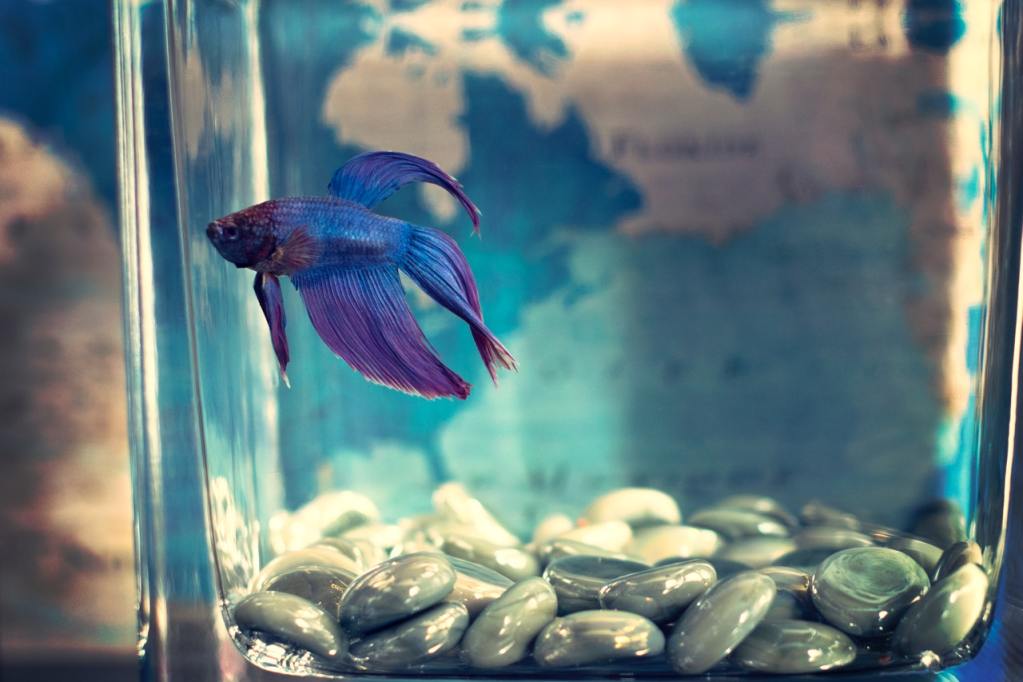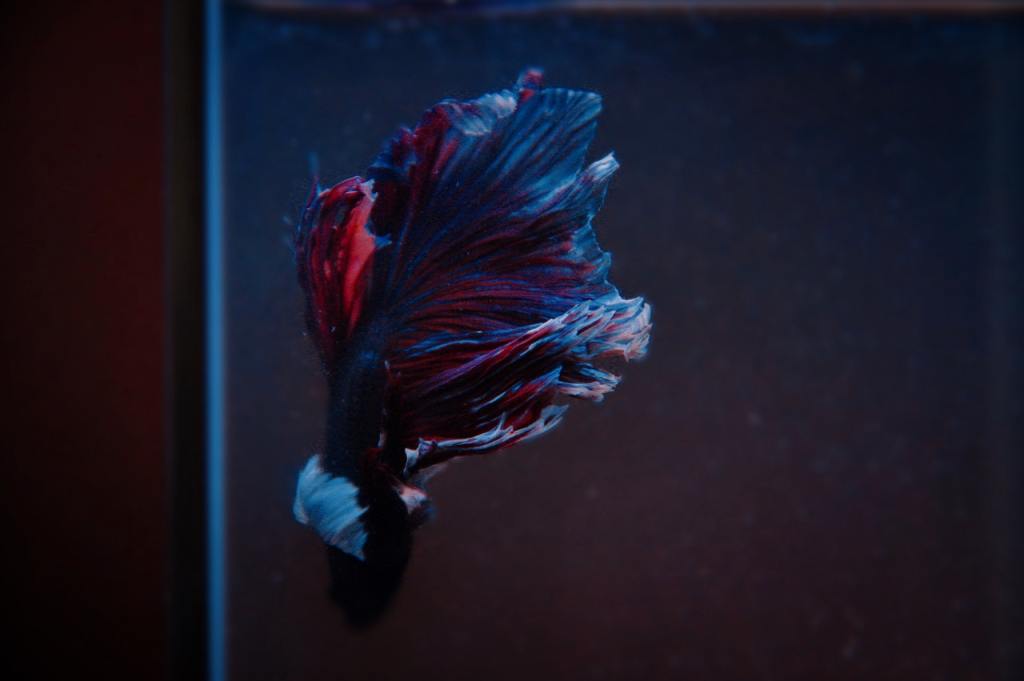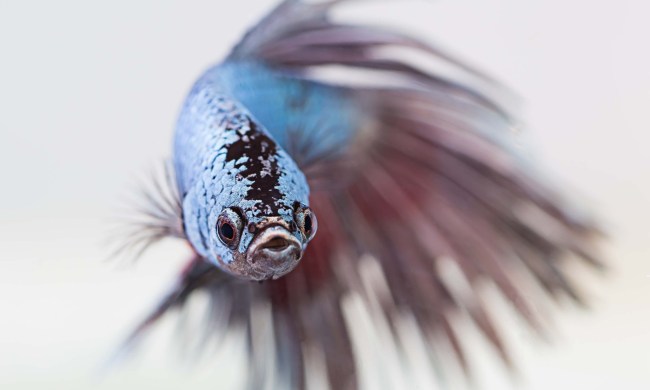Famous for their gorgeous coloring, betta fish are one of the most popular aquatic pets in the world. While it’s difficult to gauge a fish’s intelligence, bettas are devoted parents to their young, which typically indicates a high level of intelligence. Many betta fish also develop endearing personality traits.
Like their human friends, betta fish are intensely curious by nature. They’re often possessive of their personal space, they quickly learn their feeding schedule, and they can even recognize their owners. Knowing this, it might not surprise you to hear that many owners learn how to train betta fish. Stick around if you’d like to learn more about these stunning fish, including fun betta fish tricks you can teach them.

Training your betta fish
Bettas are clever little fish, but that doesn’t mean you won’t need to ease into your training sessions. Fish have short attention spans, so we recommend starting out with five-minute sessions. You can work your way up to 10 minutes once your betta gets used to their new training schedule. While you won’t be able to teach your fish to talk, you can still train them to do interesting tricks. Here are a few they can learn.
Follow the finger
One of the easiest is teaching your fish to come to you when you want them to. Start by running your finger along the outside of the aquarium — you can also drag your finger through the water — until your betta approaches you. Then give them a treat to encourage their behavior. This might take days or even weeks of training, but your fish will eventually catch on. In fact, they might start approaching you when they want a treat… which brings us to our next trick.
Eat from your hand
After your betta has learned to swim up to your hand when they want a treat, you’ll be able to teach them to accept the treat directly from your hand. We recommend talking to your fish while you do this, as some betta owners swear it makes a difference. Get your betta’s attention by tapping or running your finger along the glass. Once they’ve acknowledged you, put a piece of food on your fingertip and place it in the water. Your fish should gobble it right up.
Jump for a treat
Once your fish takes food directly from your fingers, you may be able to teach them to jump out of the water or swim through hoops in exchange for a tasty treat. Place a piece of their food on the end of your finger, and hold your finger close to the surface of the water. Make sure to show your fish their food to entice them, and they’ll accept their snack.
As your fish grows more comfortable jumping for food, you can lift your finger higher up from the water. Around an inch away from the surface is the perfect height for a betta, but you should always take precautions to make sure your fish doesn’t jump over the side of the tank.
Swim through hoops
One of the toughest tricks for bettas to master is swimming through hoops. You’ll need plenty of patience, and your fish still may not learn the trick. Using a clean hoop, lower it into the water near the glass. Tap the side of the aquarium to get your fish’s attention, and run your finger along the glass in front of the hoop. Your betta just might swim through it to reach your finger.
You can also try placing both hands inside the tank and using a bite of food to lure your fish through the hoop. Again, this one takes practice, and not all fish manage it.

Keep a healthy environment
There are many ways you can ensure a positive training environment for your betta fish.
- If you want to foster the perfect learning environment for your betta, keeping their tank clean is essential.
- Bettas are most comfortable in water ranging from 76 to 82 degrees Fahrenheit, so you’ll want to ensure your fish stays warm enough.
- A betta’s preferred diet consists of bloodworms and brine shrimp as well as store-bought betta food, which has extra vitamins and minerals to keep your fish healthy.
Unlike many fish, bettas would rather be alone. Trying to keep two bettas in the same aquarium almost always results in a fight, so don’t worry about your fish being lonely. They don’t need a roommate. All they need is a clean tank, heat, quality food, and plenty of your attention. With a little work and a bit of patience, you’ll have a well-trained fish in no time.



